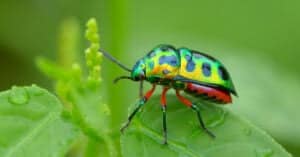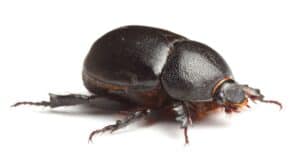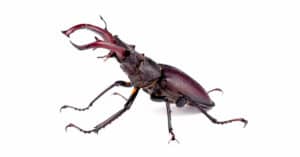North America is currently facing a massive infestation of emerald ash borers. This invasive insect is ravaging ash trees, one of the continent’s most valuable landscape trees. If you’re reading this, you have probably heard the news of this infestation, or you’re dealing with an infestation already, and you’re wondering, “How do you get rid of emerald ash borers?”
The Spread of Emerald Ash Borers
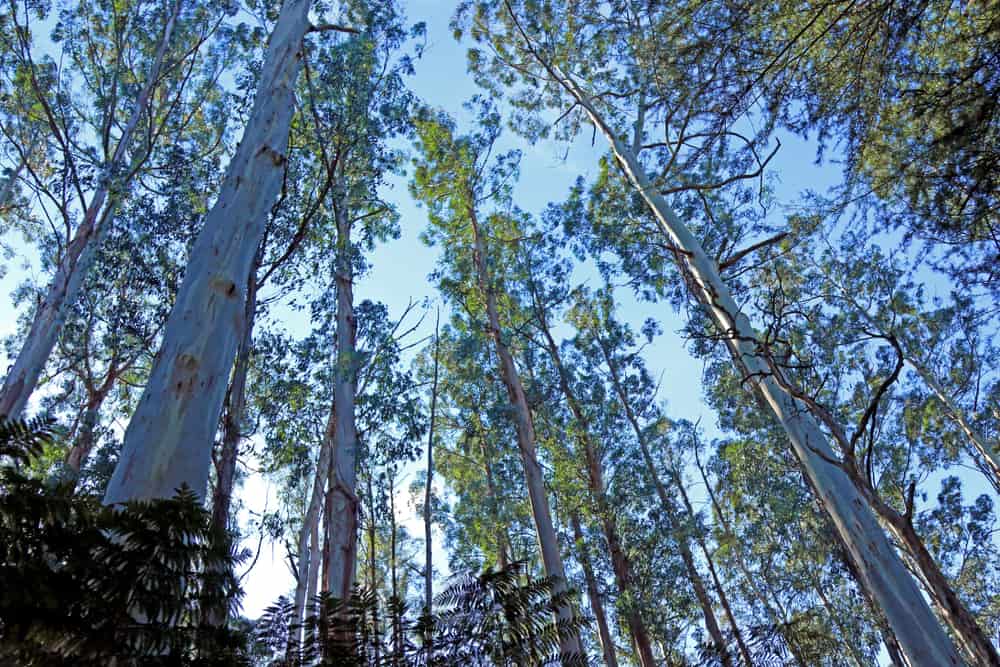
Mountain Ash Trees – Black Spur Narbethong
©Sorrell Thomas/Shutterstock.com
Native to Asia, the emerald ash borer was first discovered in the Detroit area in the early 2000s. However, some reports claim it has been in the country since the 1990s. Experts believe the species was brought into the country on wood packing materials or cargo crates from China.
So far, this beetle has destroyed tens of millions of ash trees in many states in the United States as well as some provinces of eastern Canada. The situation continues to spread fast, with the beetle now in at least 35 US states. Ash trees are economically valuable trees used for landscaping and flooring, furniture works, paneling, forging tool handles, and other uses. They’re also an important part of the ecosystem, and losing them to ash tree borers would be a huge loss to the environment and economically as well. This is why knowing how to recognize and get rid of emerald ash borers is important.
How To Recognize An Emerald Ash Borer
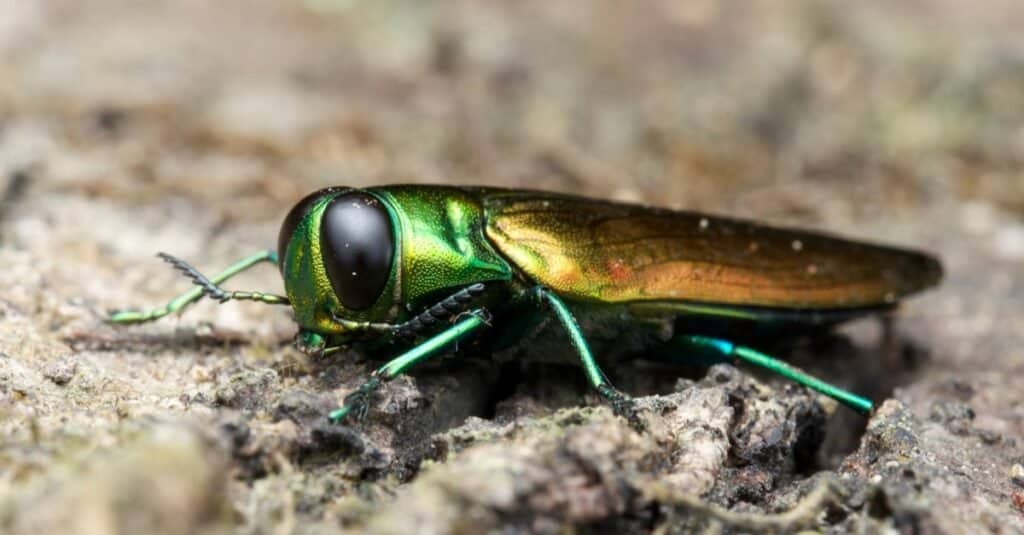
The emerald ash borer,
Agrilus planipennis, is metallic green as an adult, with a narrow elongated body. The larvae due the majority of damage to ash trees.
©Herman Wong HM/Shutterstock.com
This process is two-fold. First, you need to be able to recognize the insect. At the same time, there’s also a need to recognize an Emerald Ash Borer attack on ash trees.
Recognizing The Insect
Adult emerald ash borers have a narrow, elongated shape. The outer wings of these beetles are a metallic green color, and they have six legs. The insect has a coppery red or purple-colored abdomen which is exposed when they lift their outer wings.
This insect goes through four distinct stages: eggs, larvae, pupae, and adults. The creamy white larvae are about an inch long, and they’re the ones responsible for the major damage done to ash trees. They bore into the trees and start constructing galleries as they feed on the cambium of the trees, the water and nutrient conducting tissues under a trees bark.
Recognizing an Emerald Ash Borer Attack
The emerald ash borer’s ability to spread without notice is one of the major reasons why an infestation is such a big problem. In most cases, an infestation is already underway before you even notice.
Generally, one of the symptoms that you might have an EAB infestation on your hands is the thinning of the canopy of your ash trees, especially in the upper part of the tree. Other signs you might notice include:
- Cracked bark
- Presence of D-shaped holes in the bark. This is the emergence point of the adult beetles.
- Increased activity of woodpeckers
- S-shaped tunnels show larva activities
- Yellow leaves in the summer
- Presence of shoots on the trunk or branches
An infestation is difficult to control, and in about six years, you can lose an entire woodlot of ash trees to this insect. If you notice any of these signs, you should call a tree specialist to inspect your tree. They’ll be able to identify the insect and determine if there’s an infestation. A specialist will also be able to tell which trees you can save and how to treat them.
How Do You Get Rid Of Emerald Ash Borers?
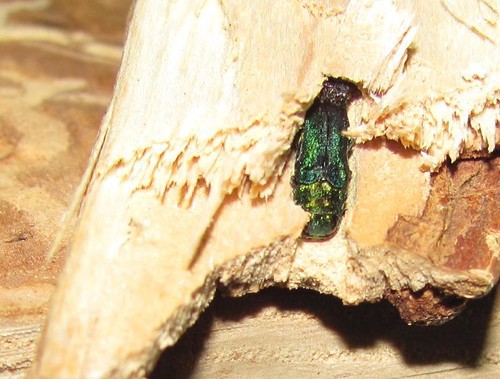
Emerald Ash Borer larvae bore into the wood and leave tunnels as they go. Being sure not to transport firewood from affected regions is vital to controlling the spread.
© CC BY 2.0. – License
So how do you get rid of these notorious insects? The first and most important step is to control the beetle’s population and stop its spread. Already, authorities have put strict regulations in place regarding the transfer of wood and logs in the affected regions. Following these recommendations strictly is the first step in winning the battle against emerald ash borers. In addition to these regulations, you may implement biological and chemical control to get rid of this insect.
Chemical Controls
Currently, there isn’t a lot of focus on chemical control measures due to the possible environmental impacts of applying insecticides. Considering how widespread the insect infestation already is, administering insecticide control might not be recommended in the case of full-scale plot-wide infestation.
However, if you’re simply trying to save an ash tree in your garden, you can get a chemical insecticide that works for EAB from a gardening store near you. While some chemical insecticides kill the insect, some “periodic injection pesticides” simply slow down the mortality of trees, buying you a few more years with regular use. Chemicals like the BioAdvanced™ 12 Month Tree & Shrub Protect & FeedII* are formulated to kill EAB while also protecting your tree for up to a year.
If you’re applying pesticides, it is important that you follow all safety recommendations in handling and applying the pesticides. These chemicals are potentially dangerous, especially when not handled properly.
Biological Control
Current scientific research on emerald ash borer control is focused more on biological methods. In China, where the insect comes from, EAB is not a serious threat to ash trees because many of the insect’s natural enemies are abundant in the ecosystem. Thus, a solution like this shows immense prospects in keeping the tree borers under control.
Currently, three species of non-stinging parasitic wasps have been identified. These include the oobius wasp, the tetrastrichus wasp, and the spathius wasp. These insects show great potential because they can attack the insect at various stages of its lifecycle.
These wasps are abundant in China, but efforts are underway to import and introduce them into the local ecosystems to see how effective they’ll be against the emerald ash borer without harming native beetles. In addition, scientists are also considering the possibility of introducing a pathogenic fungus known as Beauveria bassiana which can cause disease to these beetles.
Another alternative involves trapping the insects. To do this, experts use pheromones to attract them to trap and eradicate them.
Girdling
This new method known as girdling involves sacrificing a few ash trees to save others. With this method, the bark of a few trees is removed to expose the wood. Naturally, the emerald ash borers are more attracted to such girdled trees, and they’ll leave the uninfected trees alone. With the population of EAB moving to the girdled tree, the damaged tree is destroyed along with all the larvae.
Conclusion
For such small insects, emerald ash borers cause significant damage to ash trees. Considering the economic importance of these trees, it is best to follow expert recommendations on curtailing the spread and seek ways to get rid of EAB in places where an infestation has already started.
The photo featured at the top of this post is © Herman Wong HM/Shutterstock.com
Thank you for reading! Have some feedback for us? Contact the AZ Animals editorial team.



